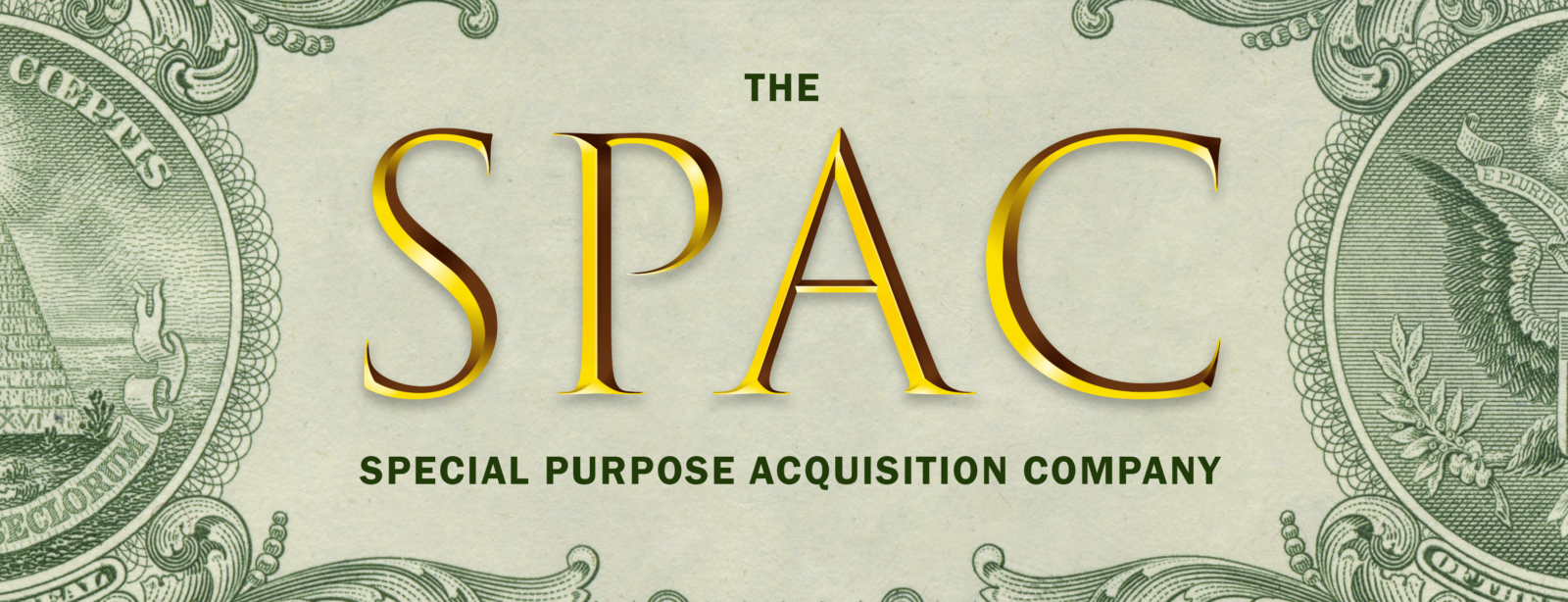October 2020
Breaking Through the Noise, Getting Your SPAC Story Right Out of the Gate

By Felipe Ucros and Kiki O’Keeffe
Special purpose acquisition companies, or SPACs, have become one of the hottest capital markets tools and a favored route to the public markets. This year’s SPAC boom is breaking records – 95 IPOs announced and more than $37 billion raised as of mid-September, according to SPACInsider – and has been led by an array of well-known and respected business leaders and financiers. In recent years, but certainly in 2020, the SPAC route has been viewed as an effective dealmaking option on Wall Street.
As SPAC sponsors and companies look for their ideal match, they should be aware of the specific investor relations and financial communications considerations unique to SPAC dealmaking.
The sponsors – and their expertise – are critical to the deal
The reputations of the sponsors and their team are a part of the bet when a SPAC is launched and when the transaction is announced. Unlike M&A or IPOs, the fundamentals of the deal are not the only sell; SPAC investors have to trust that their capital will be well spent, and company owners need assurance that their acquirers will take them to the next level.
As lead SPAC sponsors decide to raise capital for a potential transaction, they will have to consider how their own profiles, history and reputation will play into the story – from launch to announcement to close. Once a deal is announced, they must clearly outline how their expertise – be it investing prowess, network or financial savvy – will help the company grow and fulfill its vision in the public markets. We have gone from financiers and investors to sports execs and politicians sponsoring SPACs.
Communications around SPACs borrow more from M&A than IPOs
For companies becoming public via a SPAC, the process affords them increased certainty of value, aligned incentives for sponsors and greater freedom to communicate to the market when compared to a traditional IPO. In the current environment, they might even have greater negotiating leverage on terms than usual, making the SPAC route significantly more attractive than an IPO.
In many respects, communications around SPAC-led acquisitions look much more like an M&A deal than a classic equity capital raise. Without the restraints that come with roadshows and S-1s, each milestone – announcement, roadshow, proxy filing, earnings, investor day – is an opportunity to communicate the value of the deal, garner shareholder support and ultimately win approval for the transaction.
Private companies must quickly learn to tell equity-driven stories
Once the sides shake hands and a deal is announced, the company will need to get existing and prospective SPAC owners excited about the transaction. A key part of this involves transitioning its messaging and story from a private one to a public one: shifting from bondholder and creditor-focused communications to a more equity-oriented growth story. This means telling the company story through the lens of EBITDA growth, key drivers, R&D and investment, rather than focusing exclusively on cash generation, debt-to-EBITDA ratios and other debt coverage metrics. This is a significant transition that must happen on launch through closing and beyond.
Soon after the initial announcement, target companies also need to take on a public company investor relations mindset. Their near-term priorities should be to build new audiences – buy- and sell-side and financial media – and to ensure that those audiences are well informed. Companies, SPAC sponsors and management teams have a lot of levers to pull – investor communications, media engagement, social media. They must think about using each opportunity strategically in the post-announcement period to educate the Street, and to lay the groundwork for a solid understanding of the company’s long-term growth potential in the public markets.
Felipe Ucros is a Senior Vice President and Kiki O’Keeffe is a Vice President at Gladstone Place Partners.
This article originally appeared as part of the Financial Times’ Due Diligence US Forum’s virtual event, “The SPAC Comeback,” on Sept. 17, 2020. The replay can be viewed here: https://bit.ly/3cUXsyf